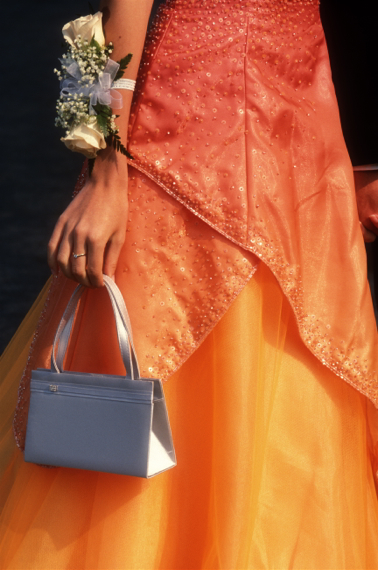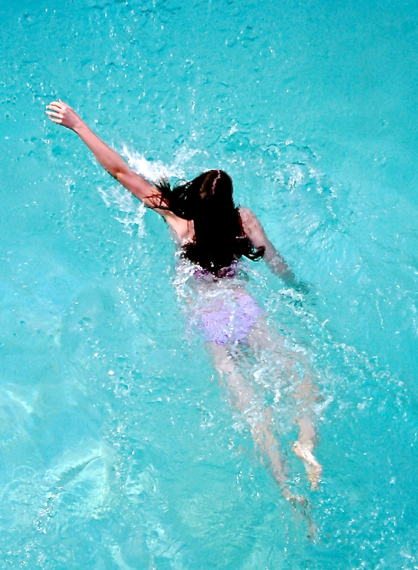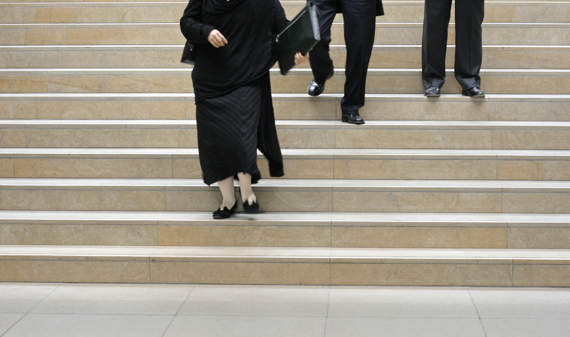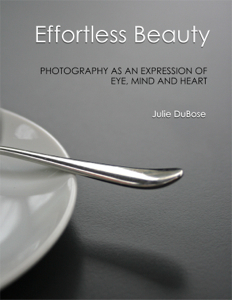It could and has been said that there are two types of artists, those who conceptualize what they experience and want to express, and those who express the experience of feeling deeply connected to their world. By its nature, the second kind of artistic expression takes place in the present moment, without reference to the past or the future. At its best, it can express the timeless truth of unfettered human experience.
I have written in my book, Effortless Beauty: Photography as an Expression of Eye, Mind, and Heart, a description of how we can create art from our direct experience.
Here is an excerpt:
"The Birthplace of Unconditional Expression"
In the experience of writing this book I've come to realize how similar the process of writing is to shooting photographs. When we want to write something, we start with a blank sheet of paper. This is our canvas. We have to start somewhere. Do we start with a lot of smart ideas about what we want to say? Or do we start from the canvas of our open state of mind with an intention to express our experience, and perhaps our wisdom? This is the dividing line where we choose to make art from our direct experience, or art from our conceptual ideas.
The impulse, the desire to communicate, is present. The potential is percolating in our minds. Then the words emerge from within us. We speak with our own voice and what we say feels like truth, like a deep rumble beneath the earth, like piercing sunlight. It is our experience.
If we begin with an open, receptive, curious, attentive mind, free of judgment and the desire to interpret, the impulse to express will flow through us, vibrating with possibility. From this openness, unconditional expression is born.
It is also the same process as writing songs. When I am ready to write a song, I have a feeling it's time to give birth. I know it. I can feel it. The vibration is happening, and I can't do anything else until I get the song out, until I make it whole, until it is here with me.
So I have to make myself available for the inspiration to come through. I have to sit down and be, maybe start playing a few chords to link up with the process. Somehow, when I know what the first step is, when I know where it begins, then I begin. What comes out first, the beginning of the expression process, may not be the beginning. It may be the middle. I have to find my way through it, but always while staying out of the way so it can unfold. It is a calibration. You are calibrating yourself so that whatever it is that you want to express is lined up with being in the present moment.
You are aligned with your heart and mind, your being, your intention, with the present moment, and with what is waiting to come forth. It's true whether we are writing a song, writing a book, telling a story, or taking a photograph. It's a three-way conference call between what is being expressed, the present moment, and our heart and mind.
In the case of direct visual perception, the state of openness in our minds is like the blank sheet of paper. Blankness is vibrating with presence, with possibility, with the willingness to connect. It is the birthplace of direct perception, where all unconditional perception and expression occurs. To prepare ourselves to see, we dissolve our thoughts into our sense of being fully present in the only moment that we have, the one that is right now. All other moments have ceased, or have not yet happened. This is all we have. So we feel this moment, in our bodies, in our breath, in our awareness of the ground, the pavement, and in our arms, legs, and the texture of our clothing. We feel all this and we feel fully alive.
Just like that, when we are ready, when the time is right, the space is prepared, and we have our instruments of expression, the energy of creation begins to flow, sometimes with a few bumps in the way, but it starts to come out. All we have to do is get out of the way. We don't want to think too much about what's happening. We just want to be aware of it and be fully there. So whatever the factors are that are coming together -- timing, placement, space, light -- we don't do anything to interfere, to stop it, to move outside of it, to second-guess it, or to look at it from the outside. When we observe what is happening and make comments about it, the thoughts and comments actually become obstacles to the flow of creation.
It's much more effective in the creation of an unconditional expression if we start out with no thought whatsoever. In the case of photography, for us to have an unconditional visual expression, we first need to have an unconditional perception. So how do we do this?
The first thing that we do is to find our ground. We bring our mind into the present moment. This moment is the ground for the whole experience. Our mind is present and available. What does that mean? It means we are not thinking about anything else but being here right now and the possibility of connecting, of communicating with whatever it is that stops our mind. That openness is the ground.
From this we prepare to go forth, to experience whatever meets us. And then it happens. Out of nowhere a meeting of light, color, texture, line. We don't know what it is that we have seen. We have no idea. But that is OK. We don't need to know. In the present moment we are with our new friend. We can take our time and get acquainted. We don't have any expectation that we will know anything beyond the experience happening right now. It is magical because it came out of nowhere. It is fresh because we didn't make it up.
Visit the website of The Miksang Institute for Contemplative Photography




